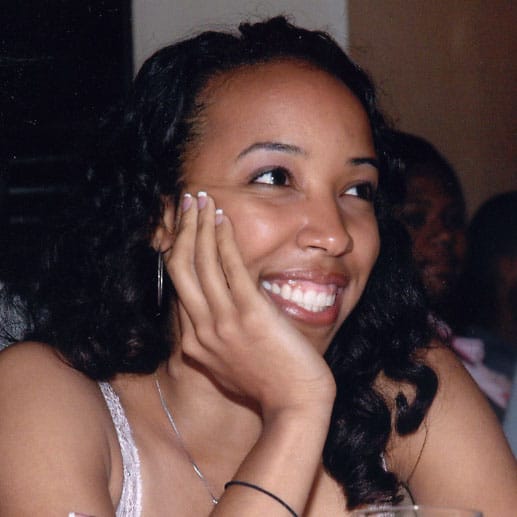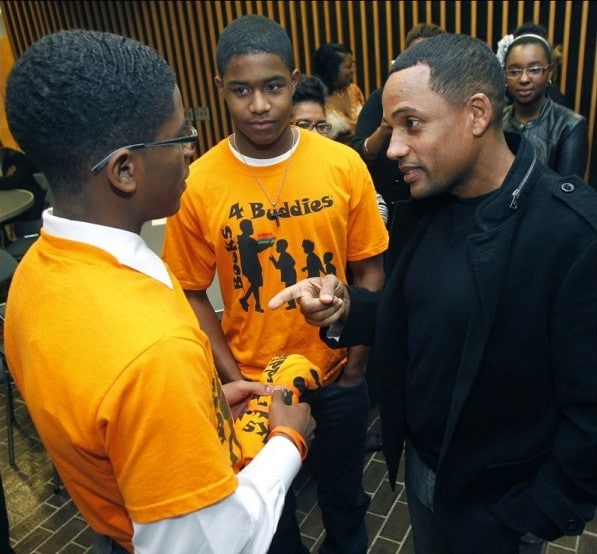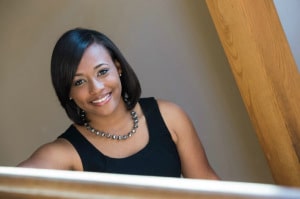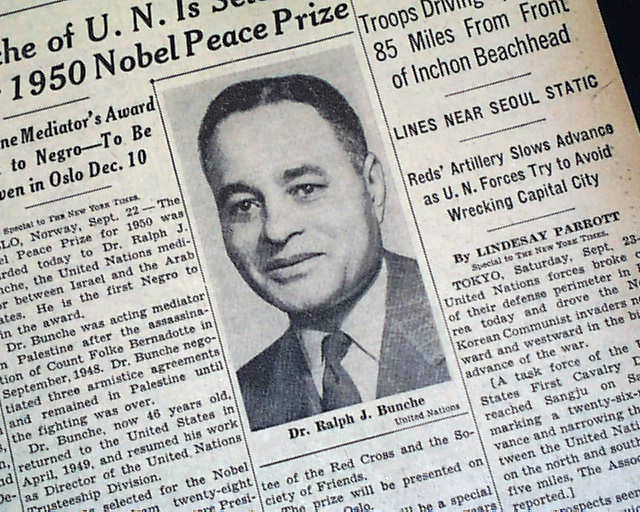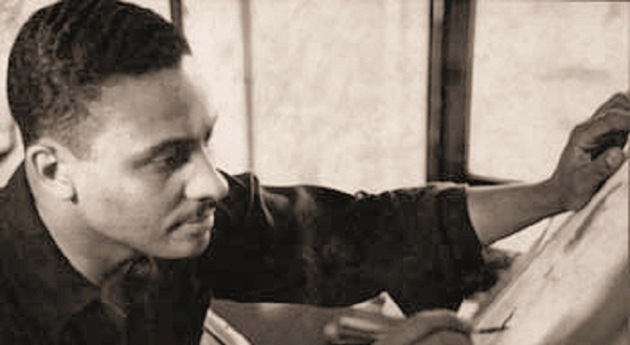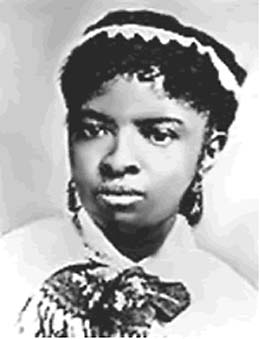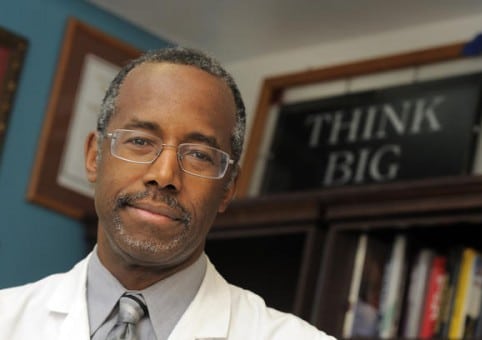Black innovators, scientists and inventors have made significant contributions in the science, technology, engineering and math fields. Each has added something special and unique to the STEM world and, for that reason, is worthy of recognition.
Here are seven scientist Blerds you should know about.
Name: Dr. Shaundra B. Daily
Expertise: Educational Technologist
Contribution to Science: The MIT graduate was part of the team of researchers who developed Galvanic Skin Response bracelets, also referred to as GSR. The bracelets allow researchers to measure variations in emotional reactions. Humans tend to sweat when experiencing certain emotions and the GSR bracelets measure how much the wearer perspires.
Daily has always had an interest in understanding how people emote because she says for a long time she didn’t get emotions. On a segment of the Secret Life of Scientists and Engineers, Daily shares that when she was a little girl her mother threw her a surprise party and she didn’t emote. Her reaction was a simple, “Thank you.” “My mother described my temperament as flatline,” Daily says. This interest influenced Daily to understand how emotions can positively or negatively affect how a child learns.
Daily created Girls Involved In Real Life Sharing (G.I.R.L.S.), creative and engaging software that helps measure emotion for young girls. The aim is to help them explore their emotions and then learn how to deal with them accordingly.
Not only is Daily a renowned educational technologist, but she is a dancer who has performed for Florida State University and BET.
Name: Dr. Agnes Day
Expertise: Microbiology
Contribution to Science: The Howard University professor’s love of science began when she was a young girl exploring the wooded landscape of her hometown with her older brother.
After discovering plant life, insects and animals, they would head to the library to learn more about their findings. This love of natural science followed her throughout her life.
According to the Grio, while pursuing a graduate degree, Day secured a grant that amounted to $2.5 million. The grant was intended “to fund research that focused on mechanisms of drug resistance in fungi, the development of animal models of breast cancer, and molecular characterization of the aggressive phenotype of breast cancer in African-American women.”

